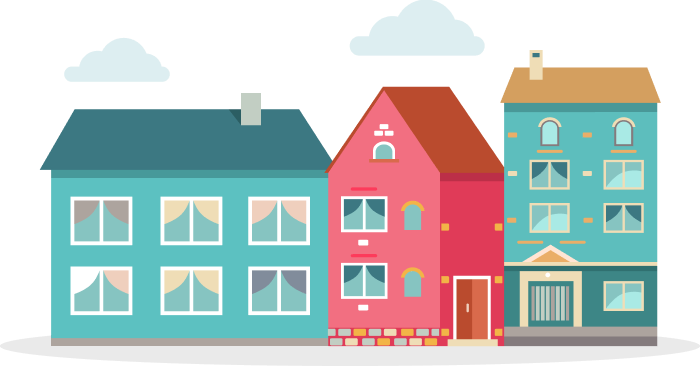Pittsburgh
We did the research. Find a place to call home.
B+
Quality of Life Score
Pittsburgh Information
303,413
Total Population
45%
Married Persons
55%
Single Persons

7/10
City Rating
City ratings are often based on a variety of factors including quality of life, economic opportunities, safety, education, and more. A rating of 7 or higher might suggest a city with a relatively high quality of life and desirable living conditions. A rating below 5 might indicate challenges or lower overall satisfaction.
7/10
Overall Value
This is a broader rating that takes into account multiple factors affecting the overall appeal of a city. Ratings above 7 might indicate a highly attractive city, while those below 5 might suggest areas for improvement.
10/10
Density (Population per mile²)
City density refers to the concentration of people living within a city's geographic area. It is typically expressed as the number of residents per square mile or square kilometer. Higher density indicates busier streets, more crowded living conditions, and increased access to amenities and services.
5500
Pittsburgh
260,000
Reno
City Info
Pittsburgh, Pennsylvania, is the second-largest city in the state with a 2025 estimated population of about 303,413. The city has experienced modest growth of 0.21% since 2020, after a long period of population decline from its peak in 2000. The broader Pittsburgh metro area has around 2.42 million residents. Pittsburgh’s racial composition is predominantly White (64.46%), followed by Black or African American (23.23%), Asian (5.61%), and multiracial populations. The median age is 33.5 years, with males averaging 33 and females 34.2 years. The city has a balanced gender ratio and a significant senior population (17.6% of adults aged 65+). Pittsburgh is focusing on economic revitalization in technology, healthcare, and education sectors to attract new residents and sustain growth.
Residence
52% (Homes Rented)

70 Years
Median Home Age
$193,200
Median Home Price
17%
Home Aappreciation Rate
1.5%
Annual Property Tax
Weather
80%
Sun
15%
Rain
5%
snow
Residence
Pittsburgh’s housing market includes a mix of historic and newer homes, with steady appreciation. The city experiences four distinct seasons, including cold winters and warm summers.
Community
7
Crime Rate (per 100,000)
Democratic
Political Majority
24
Average Age
Community
Pittsburgh is a diverse city with a significant African American community and a variety of cultural neighborhoods. The median household income is about $64,137, with approximately 12.2% of families living in poverty. The city maintains a strong civic culture and ongoing revitalization efforts.
Locale

Occupation
25%
Management, Business, Art & Sciences
20%
Sales & Office Occupations
15%
Service Occupations
15%
Production, Transportation & Material Moving
5%
Natural Resources, Construction & Maintenance
Education
1:20
Student Teacher Ratio
25%
High School Diploma
30%
Some College or Associates Degree
15%
Bachelors Degree
5%
Graduate or Professional Degree
Locale
Pittsburgh’s economy is anchored by healthcare, education, technology, and manufacturing sectors. The city faces economic challenges but continues to invest in education and infrastructure.
Transit
25%
Public Transportation
70%
Car
10%
Carpool
10%
Work At Home
Transit
Pittsburgh has a well-developed public transit system that supports a significant portion of commuters, helping reduce traffic congestion and environmental impact.


